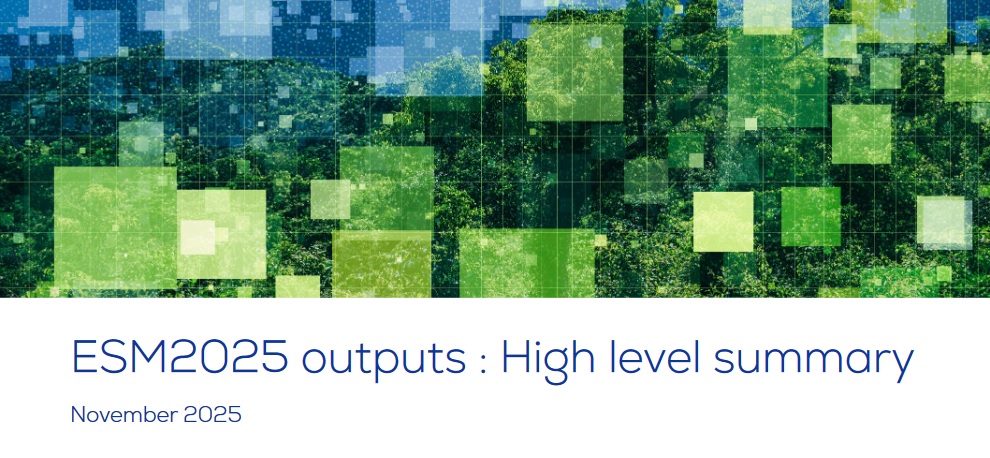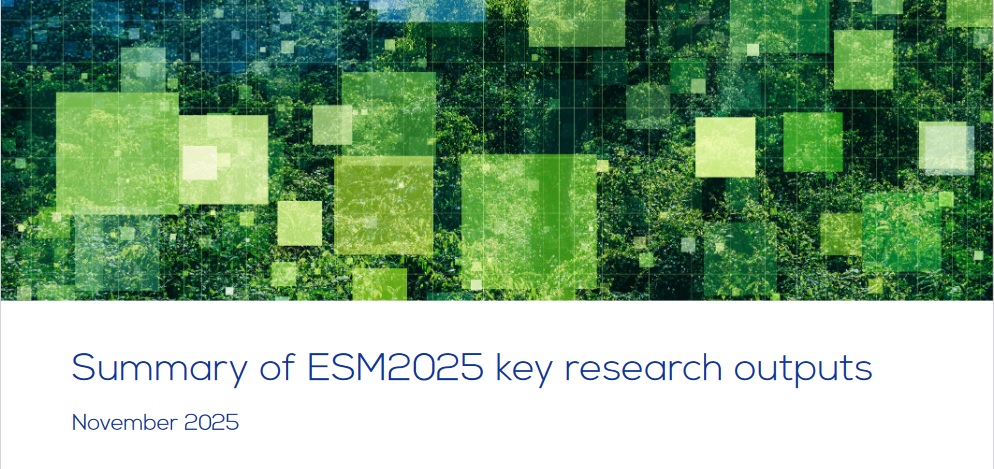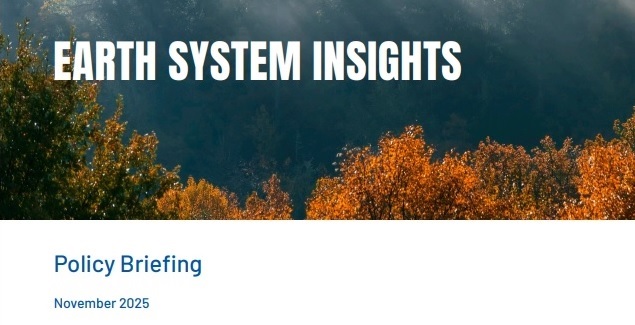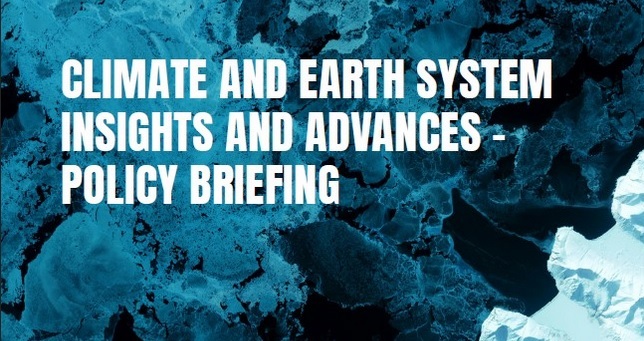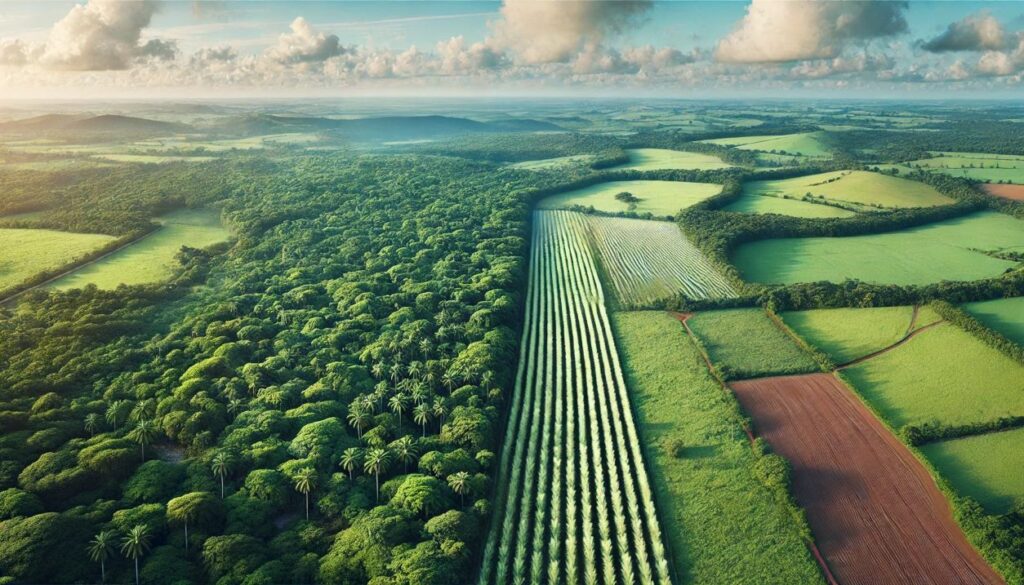A high-level summary of ESM2025 key research outputs and their policy relevance.
Articles
A detailed summary of ESM2025 key research outputs and why they matter.
Drawing on work from six Horizon Europe projects (ESM2025, ClimTip, TipESM, OptimESM, nextGEMS and RESCUE) and a third policy forum held in September 2025, this Earth System Insights briefing summarises the latest evidence on how human emissions are changing the climate and what this means for mitigation and risk management.
This briefing explores the questions raised during the second ESM2025 policy forum.
How Earth System Models assess land-based carbon removal (AR, BECCS): carbon-cycle responses, and local climate side-effects; and how Integrated Assessment Models then asses socio-economic constraints that shape decision-ready deployment.
The D4RUNOFF project aims to address the pressing challenges of urban water pollution exacerbated by urbanization and climate change. It seeks to enhance the detection and management of diffuse pollutants […]
The CLEARING HOUSE project aims to strengthen the role of urban forests and trees as nature-based solutions to address global environmental challenges. It seeks to integrate greenery into urban planning, […]
The SCORE project is a 10-million-euro initiative funded by the European Union, designed to enhance climate resilience in coastal regions facing escalating natural hazards. Its primary objectives include mitigating the […]
WATERAGRI aims to address critical challenges in agricultural water and nutrient management by developing scalable, farm-level solutions. The project focuses on improving water retention in soils and streams while optimizing […]
PREPSOIL focuses on restoring ecosystem services such as climate mitigation, water infiltration, and food production by addressing key challenges like desertification, carbon loss, erosion, and nutrient pollution. Central to its […]

